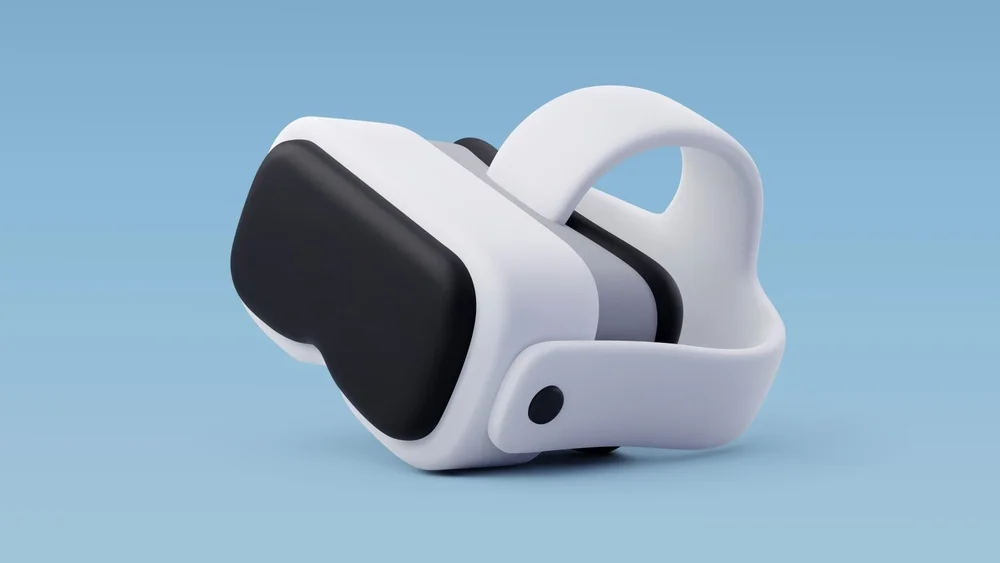The usual way of doing business took an unexpected turn in 2020 due to COVID-19. Companies had to restrict or pause entirely in-person field service visits. The pandemic caused a huge disruption in the field service industry. It led every field service company to reevaluate its business model. Let’s explore field service trends for 2024 and beyond, considering best practices and technologies to reposition your field service company for growth and opportunity.
The Rise of Field Service Apps
Field service apps have become indispensable tools for businesses across various industries. These apps streamline operations, improve communication, and enhance productivity by providing real-time access to information and tools needed to perform tasks efficiently. According to a report by Grand View Research, the global field service management market size was valued at $3.24 billion in 2020 and is expected to grow at a compound annual growth rate (CAGR) of 11.0% from 2021 to 2028.
Key Trends Shaping the Future of Field Service Apps
1. Customer Self-Service Portals
Customers don’t want to call in to schedule service and be put on hold. Labor shortages have stretched service organizations’ call center resources even thinner. In response, customer self-service portals have gained significant traction. These portals empower customers to:
- Report issues
- Schedule service appointments based on their availability
- Specify the type of service (in-person vs. remote)
- Monitor repair status in real-time
- Complete payments
- Share feedback
Data from Statista shows that 88% of customers expect organizations to have a self-service portal. Additionally, the self-service software market, valued at $7.2 billion in 2020, is predicted to grow at a compound annual rate of 20.94% from 2021 to 2026.
2. Artificial Intelligence and Machine Learning
Predictive Maintenance
One of the most exciting developments in field service apps is the integration of Artificial Intelligence (AI) and Machine Learning (ML). These technologies are enabling predictive maintenance, a game-changer for field service operations.
Imagine a world where your field service app can predict when a piece of equipment is likely to fail before it actually does. That’s the power of AI-driven predictive maintenance. By analyzing historical data and real-time sensor information, these smart apps can alert technicians to potential issues, allowing them to address problems proactively.
A study by McKinsey & Company found that predictive maintenance can reduce machine downtime by 30-50% and increase machine life by 20-40%. This not only saves businesses money but also significantly improves customer satisfaction.
AI-Powered Scheduling and Dispatching
AI is also revolutionizing how field service teams are scheduled and dispatched. Advanced algorithms can consider multiple factors—such as technician skills, location, traffic conditions, and job urgency—to optimize schedules in real-time.
3. Remote Assistance with AR
Augmented Reality is set to transform how field technicians receive support and guidance. With AR-enabled field service apps, technicians can get real-time visual assistance from remote experts, overlaying instructions directly onto their field of view.
A report by PTC found that companies using AR for remote assistance saw a 50% reduction in repair time and a 40% improvement in first-time fix rates. This technology not only improves efficiency but also reduces the need for multiple site visits, cutting costs and enhancing customer satisfaction.
4. Training and Simulation with VR
Virtual Reality is revolutionizing technician training. VR-based training modules in field service apps allow technicians to practice complex procedures in a safe, virtual environment before tackling real-world scenarios.
According to a study by the National Training Laboratory, retention rates for VR training can be as high as 75%, compared to just 10% for reading or 5% for lectures. This enhanced learning experience translates to better-prepared technicians and improved service quality.
5. Real-Time Communication
Field service apps are increasingly incorporating features that allow real-time communication between technicians and customers. This might include live chat, video calls, or even AR-assisted troubleshooting sessions. Mobile apps empower technicians with real-time information. They can access work orders, inventory, customer history, and collaborate with colleagues. Integrating mobile solutions with back-end systems ensures seamless communication and efficient workflows.
Speaking of field service management, Field Promax stands out as an innovative solution. It offers comprehensive features like scheduling, dispatch, inventory management, and reporting. With Field Promax, your company can streamline operations, improve technician productivity, and enhance customer experiences.
Conclusion
We look to the future. It’s clear that field service apps will continue to evolve. Technology and changing customer expectations will drive them. AI and AR, along with real time and better mobile features, will transform how businesses manage their field operations. To stay competitive in this fast-changing landscape, businesses need to embrace these technologies. They must choose field service apps that are at the forefront of innovation.
Author Bio
Joy Gomez
My world is made up of codes. It is the central element that drives my universe. I am a self-taught, process-driven programmer with a creative bent of mind. Since I was an engineering student, I dreamt of creating something unique. To satiate my creative appetite, I took to coding.
Blessed with abundant support and generous scholarships from my employers, I simultaneously worked full-time and pursued my dream. My passion and high productivity helped me in my journey as well. Finally, I created Field Promax to follow my drive of coding and streamlining processes and do more of what I know best—coding.




